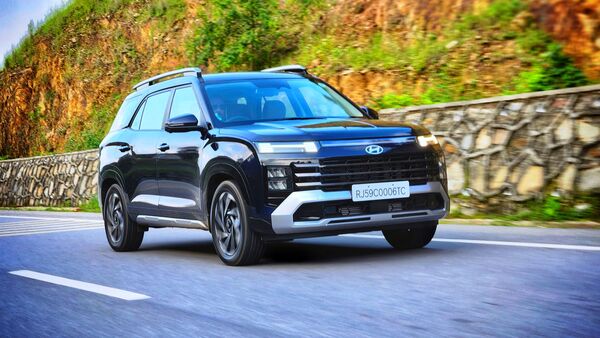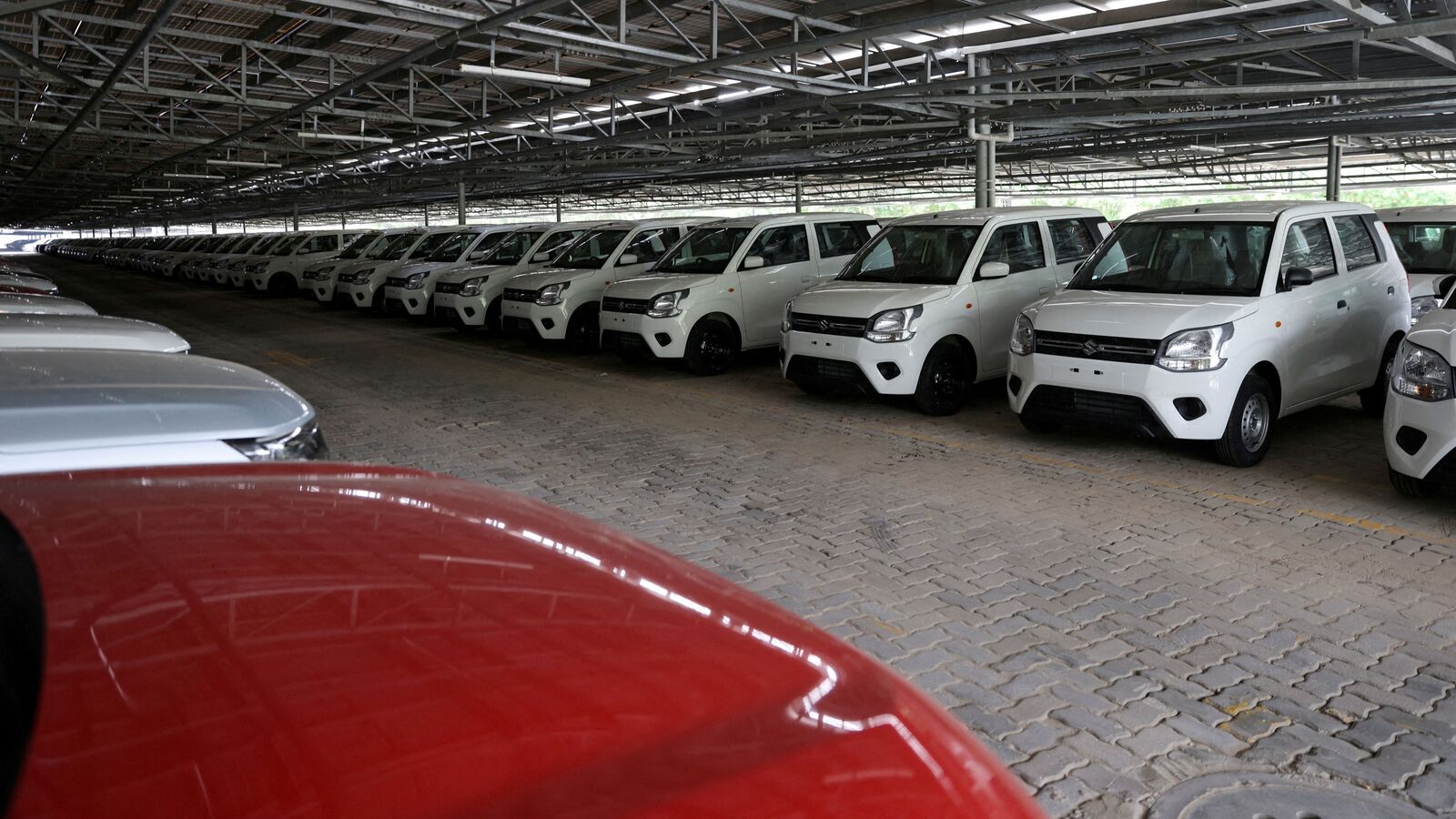Petrol cars with engine between 1.2L and 1.5L along with diesel cars with engine of above 1.5L will be taxed at 40%.

Get Launch Updates on
Notify me
The Goods and Services Tax (GST) overhaul announced by Prime Minister Narendra Modi on August 15 is now officially in force. The GST Council has revised the tax rates significantly for all goods and services, including automobiles. The GST 2.0 regime has brought major changes to India’s automobile taxation. What’s interesting is that almost the entire passenger vehicle industry now sees reduced tax rates, even if a certain number of models have been placed in higher GST slabs.


Another interesting fact about GST 2.0 is that this regime is reshaping the luxury car definition through the revised tax structure, which will be effective from September 22. While the smaller cars have witnessed a significant reduction in GST to 18 per cent from the current 28 per cent, on which, additionally, the car buyers had to pay a cess as well, taking the total tax incidence higher.
Also Read : Planning to buy a car or bike this Diwali? Here’s how much GST you have to pay
GST 2.0: What it is
The GST 2.0 comes abolishing the current regime. Slated to be effective from September 22, the new tax structure has two slabs – five per cent and 18 per cent, while there is a special slab of 40 per cent as well. While most of the consumer products and services are positioned in the five and 18 per cent slabs, the special slab of 40 per cent is meant for luxury goods and services, which are dubbed as sin products and sin services.
Also Read : Small cars & two-wheelers to get cheaper as GST Council approves two-slab structure
GST 2.0: Impact on passenger vehicles
When it comes to automobiles, the majority of mass market products are positioned in the 18 per cent category. However, depending on engine displacement and length of the car, some passenger vehicles, including some popular ones, will now draw a higher GST rate compared to their other siblings
Bigger engine means bigger tax
Under the GST 2.0 regime, the petrol cars powered by engines ranging between 1200 cc and 1500 cc will be taxed at a rate of 40 per cent. This will impact some popular cars such as Maruti Suzuki Brezza, Hyundai Creta, Maruti Suzuki XL6, Honda City, etc.
The diesel cars that come powered by an engine displacement of above 1500 cc, will be taxed at a GST rate of 40 per cent. Popular SUVs such as Tata Harrier, Tata Safari, Mahindra Scorpio-N, Mahindra XUV700, Toyota Fortuner, Toyota Innova Crysta, etc, will be impacted by this move.
Under the new tax regime, the GST Council has considered these passenger vehicles as luxury products.
| Vehicle category | Old regime (GST + Cess) | Tax difference | New regime (GST 2.0) | Popular models to benefitted |
|---|---|---|---|---|
| Petrol cars with engine between 1200 cc and 1500 cc | 45% | -5% | 40% | Brezza, XL6, Creta, City, etc. |
| Diesel cars with above 1500 cc engine | 48% | -8% | 40% | Harrier, Safari, Scorpio-N, XUV700, etc |
Bigger but better
While certain passenger vehicles have been slapped with the special 40 per cent GST slab, it doesn’t mean the tax for them has been hiked. Why? The petrol cars with engine capacity between 1200 cc and 1500 cc is currently taxed at 45 per cent, which includes 28 per cent GST and cess. Under the new GST 2.0 regime, the total tax incidence is 40 per cent, which means these cars will see five per cent lower total tax incidence, post September 22.
For diesel cars powered by engine capacity above 1500 cc, the current tax rate is 48 per cent, which include 28 per cent GST and cess. However, under the new regime, these models will be taxed at 40 per cent, which means the total tax incidence for these cars will be lower by eight per cent.
Check out Upcoming Cars in India 2025, Best SUVs in India.
First Published Date: 04 Sept 2025, 09:42 am IST



